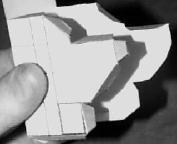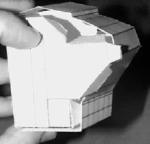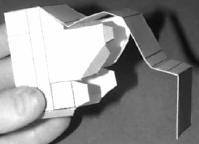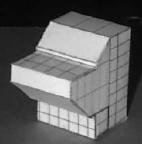SWICS: Solar Wind Ion Charge Spectrometer
-
Score along all straight lines except the dotted line and the circle seen on the uppermost wedge-shape (which are merely placement guides).
-
Cut the instrument out as shown in the first photograph below.
-
Roll the striped piece so that it follows the curves of the large and small quarter-circles, and glue it to their tabs, as seen in the second photograph.
-
Now glue the tabs of the irregular quadrilateral to the large and small quarter-circles -- this is shown in the third photo, if you can make it out.
-
Roll up the lower section (as shown in the fourth photo) on a round pencil or pen, and glue it so that the line between the cylinder and the tab, and the line on the base, are overlapping.
-
Roll up the separate cylinder, and glue it together, gluing the circle on top to the four tabs beneath it, then glue it to the circle on the main body -- they won't match up exactly, but it's fairly close. This will also help to keep the other cylinder in place.
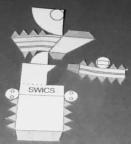

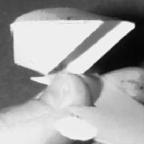
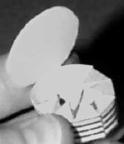
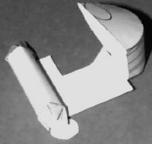
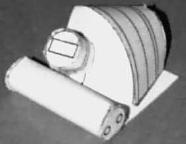
SWICS was built by the University of Maryland and the University of Bern, Switzerland. It is a flight spare from the Ulysses mission. For more information, please visit http://space.umd.edu/umd_sensors/uls_swics.html
CRIS: Cosmic Ray Isotope Spectrometer
-
This instrument is represented as a simple box shape, and is assembled in the same manner as other boxes. There are only six faces, so study the instrument somewhat carefully before scoring -- most of the lines are purely cosmetic and will not be folded.
-
Beyond this, CRIS is quite simple to assemble.
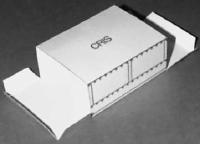
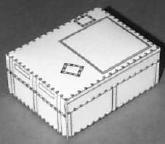
CRIS was developed at Caltech, GSFC, JPL, and Washington University at St. Louis. For more information, please visit http://www.srl.caltech.edu/ACE/CRIS_SIS/cris.html
SWIMS: Solar Wind Ion Mass Spectrometer
-
SWIMS looks a little complicated on the page, but donít be frightened; itís just a matter of folding the long segment correctly.
-
Score the model on the horizontal lines that divide the faces on the long segment. There will be nine faces in total; two of them are too small to include tabs, but should be folded anyway to insure that the instrument is assembled correctly. Also score the lines at the base of each of the tabs on the lower section, and the vertical lines to the right and left of the labeled center piece.
-
Cut the model out and fold the strangely-shaped faces forward (print side out). It is easiest to pre-fold the faces, fitting the faces to the contours of the strangely-shaped pieces.
-
To glue the instrument together, apply a little glue to each pair of tabs as you come to it (to avoid a mess), and simply fold the long section to fit the contour of the strangely-shaped faces.
